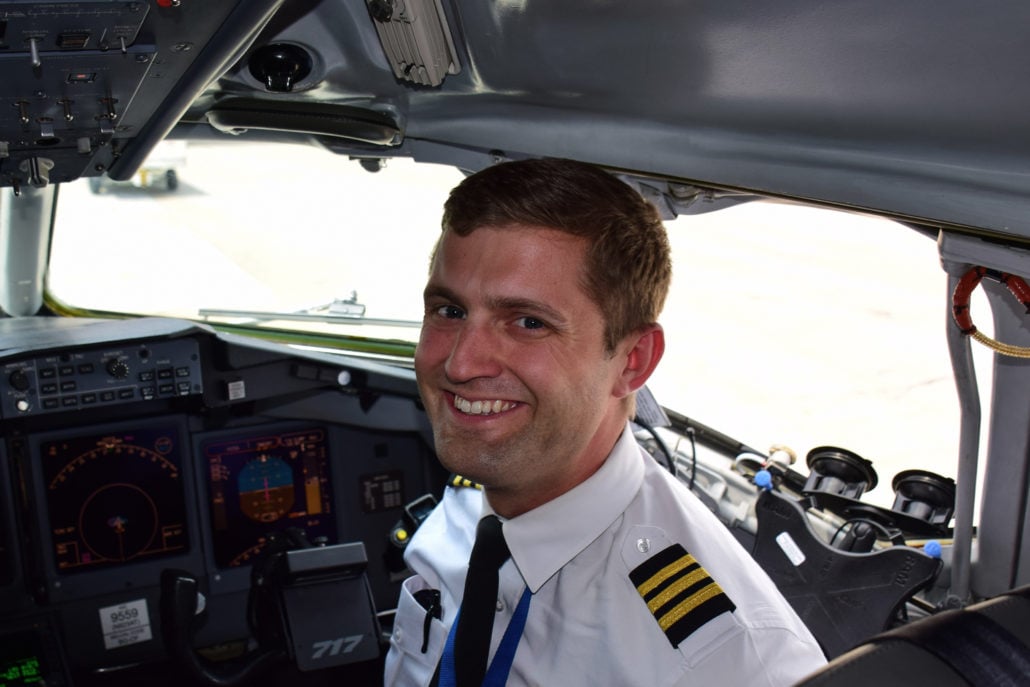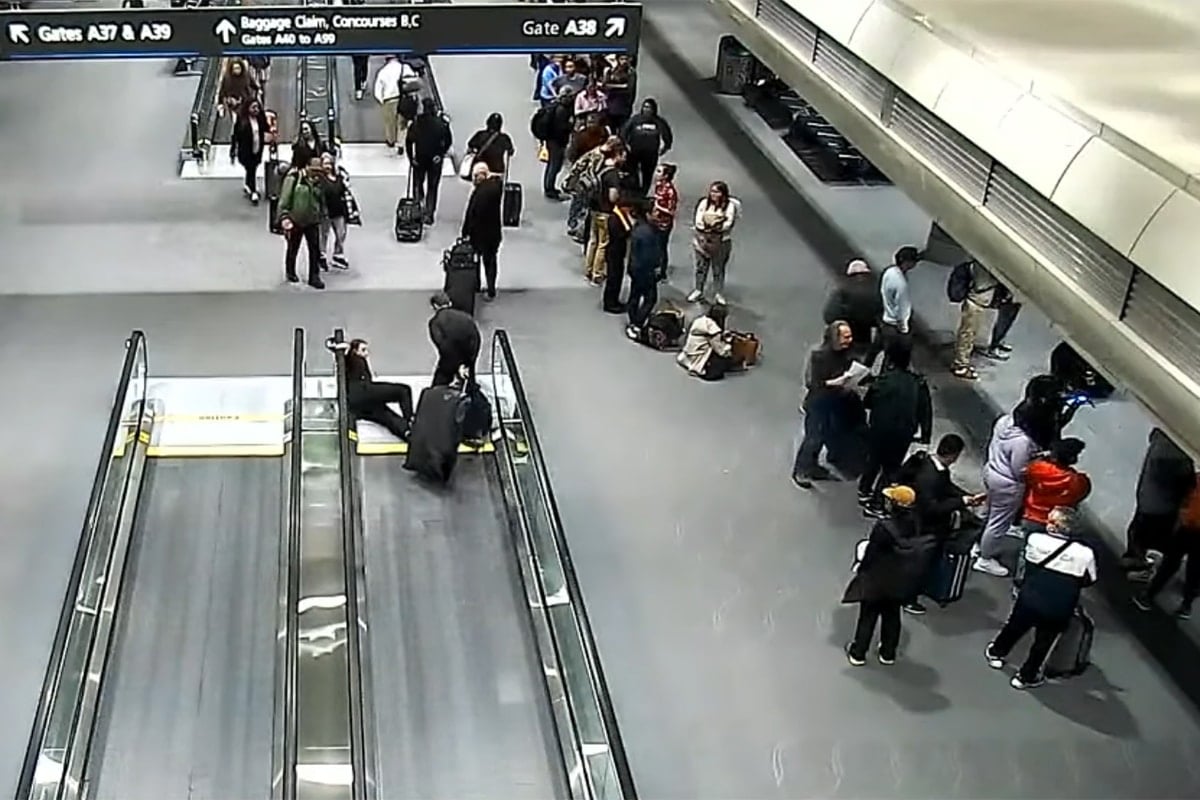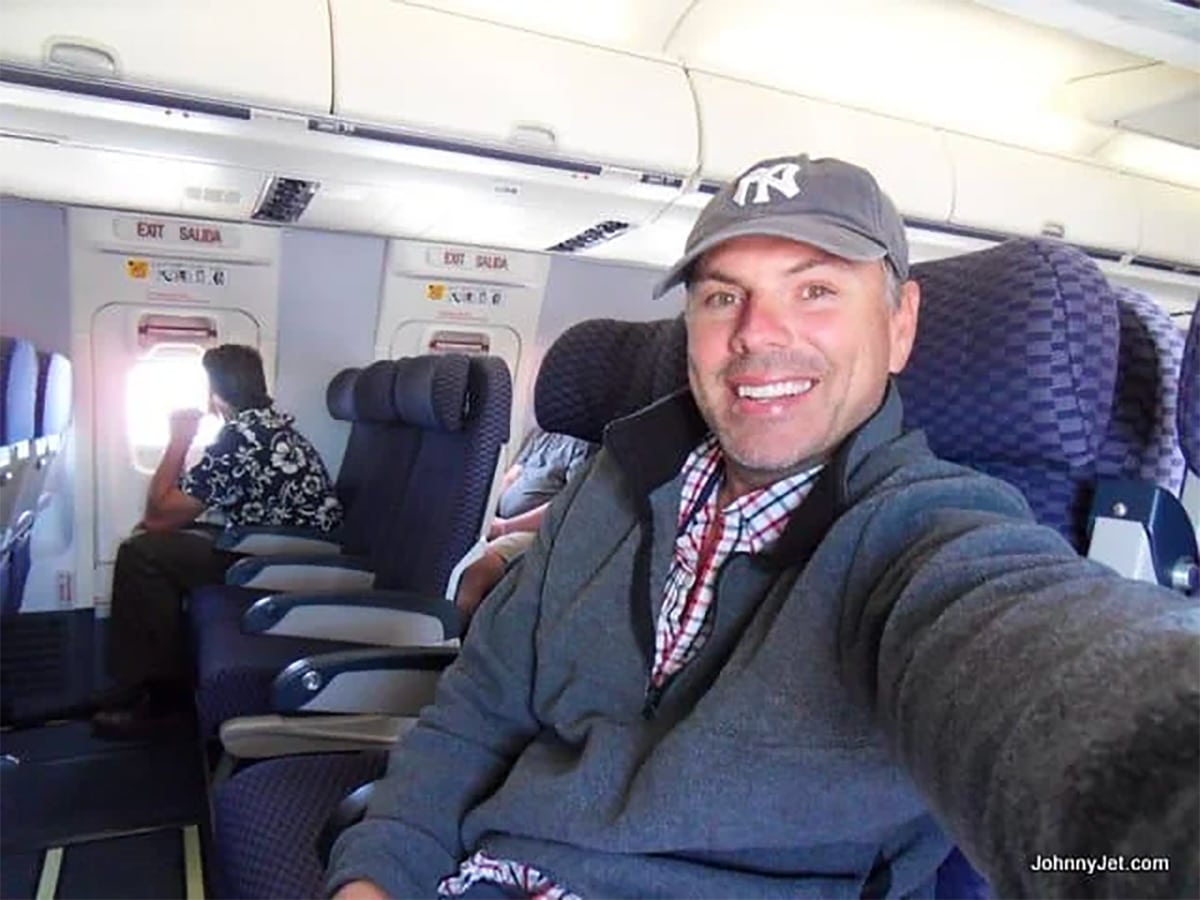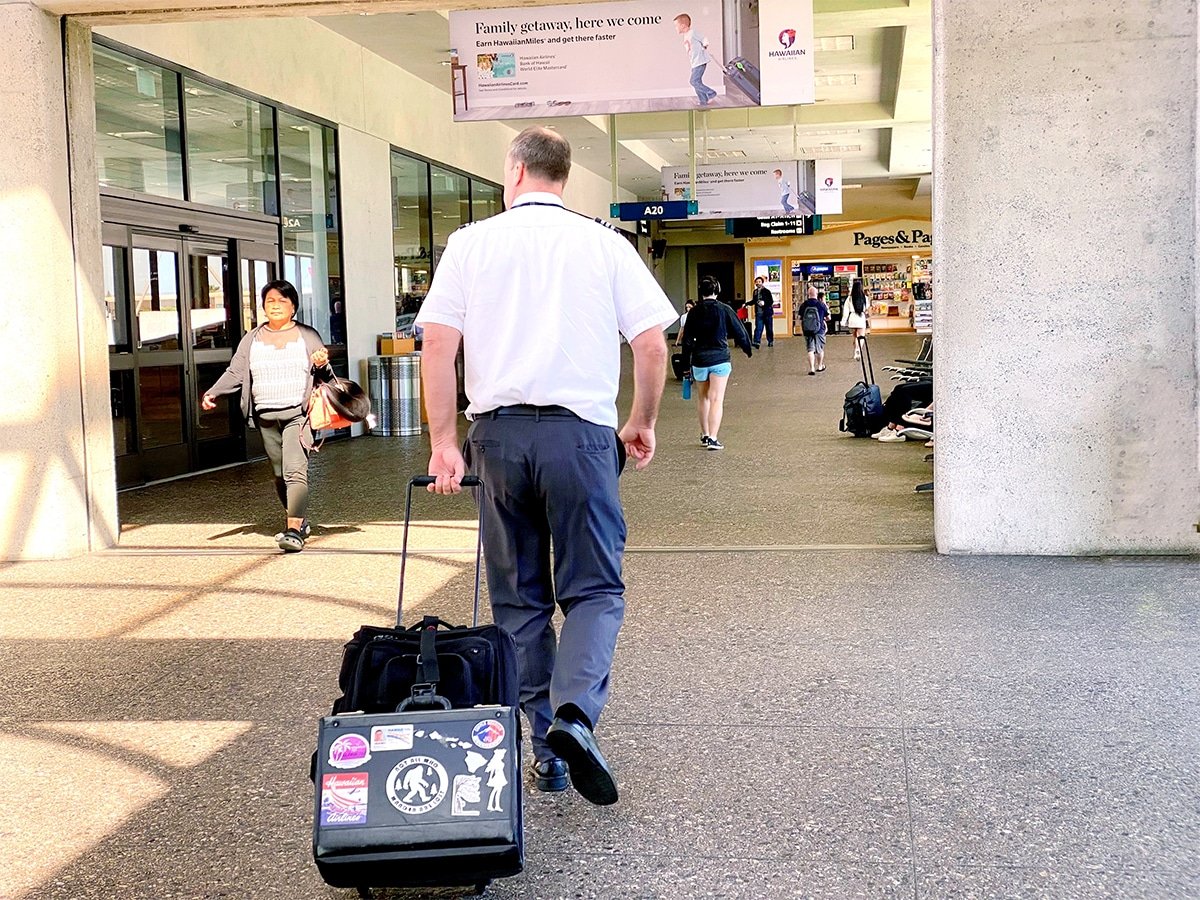
In our Ask a Pilot series, pilot Spencer Marker answers one of your aviation-related questions each week. See past installments here and submit your own to Whitney@johnnyjet.com.
The question
Do you feel safer in newer planes? Are older planes more dangerous?
—Marie S.
The answer
Hi Marie. Thank you so much for writing in to be featured in this week’s Ask a Pilot. Conventional wisdom would indicate that the newer an airplane is, the safer that is. However, this is not necessarily the case.
The truth is the safety and reliability of an airplane always comes down to how well the aircraft is taken care of. And while a newly manufactured aircraft requires less work to keep it in tip-top shape initially, older aircraft can still operate just as safely and reliably as their younger counterparts.
Maintenance
Like anything else in life, from cars to computers, a machine’s reliability is rooted in how well it’s taken care of. Airplanes are no different. If an airplane is neglected and poorly maintained, it will not be reliable. However, the FAA has set strict rules about how and when an airplane needs to be inspected, and how thorough the inspections should be.
To begin with, an airplane is inspected before every flight by its pilots. If something, such as a tire, needs fixed or replacing, mechanics are called out before the flight is allowed to depart for its destination.
From there, mechanics also do periodic inspections, ensuring the basic operation of features such as lights, hydraulics and other items to ensure the airplane is safe to fly. These checks are done roughly every day or every other day, depending on the airline’s FAA approved maintenance program.
In addition to these frequent inspections, aircraft are required to visit the hangar for more intensive inspections ranging from 10 man hours of work to over 50,000. The most intense preventative maintenance an airplane will see is in a D Check. Occurring roughly every 4-6 years, a D Check involves the removal of major system components for inspection and repair, including removing every cabin seat and all fixtures. Additionally, the aircraft’s paint will be removed and then its skin will be X-rayed to ensure structural integrity. These maintenance visits last roughly 8-10 weeks.
This schedule of continuous inspection and preventative maintenance ensures older aircraft match the reliability of the younger aircraft in the fleet.
Reliability
Over time however, older aircraft do become costlier to maintain, prompting some airlines to invest heavily in new airplanes are retire the older ones. American Airlines has spent over $20 billion investing in hundreds of new aircraft from Boeing and Airbus. According to airfleets.com, American’s average fleet age is a little under 10 years old, down 14 years old in 2012.
On the other side of the coin is Delta Air Lines, whose average fleet age among the oldest in the US at 17 years. However, despite its older fleet, Delta Air Lines has the highest reliability among major carriers, going 241 days in 2016 without a mainline cancellation.
Delta’s approach varies from American’s because, rather than investing solely in new airplanes (which Delta has several hundred on order anyway), Delta has chosen to invest in its maintenance department. By doing so, it is able to keep its older fleet flying more reliably than other legacy airlines.
Modifications
When older airplanes are built new, they sometimes lack the latest and greatest technology. However, when it comes to safety equipment, the FAA requires that every aircraft meet a certain standard. This standard changes over time depending on what technology is deemed necessary for safe flight.
So older aircraft are required by the FAA to meet a certain standard of onboard safety equipment, whether on the flight deck or in the passenger cabin. This equipment is required to be incorporated into all aircraft, regardless of age.
Additionally, older aircraft can be modified to fly more efficiently, extending their service lives. Most notably, the addition of winglets (vertical surfaces on the wing tips of airplanes) has extended the service lives of older 737, 757 and 767 aircraft by making them burn less fuel.
To sum up
There are a lot of factors that dictate how safe and reliable an airplane is. However, the way an aircraft is maintained is paramount to it’s reliable operation. Fortunately, the FAA has established requirements for regular maintenance inspections and also sets the standard for what safety equipment must be onboard the aircraft.
So to clearly sum up: With proper care, older aircraft are just as safe as new ones. Do you have a favorite old aircraft story? If so, post in the comments below! Thanks again for the question! And if anyone has a burning aviation question or something you would like cleared up, drop us a line at Whitney@johnnyjet.com to get your question featured in an upcoming Ask a Pilot column.
Tailwinds,
—Spencer







